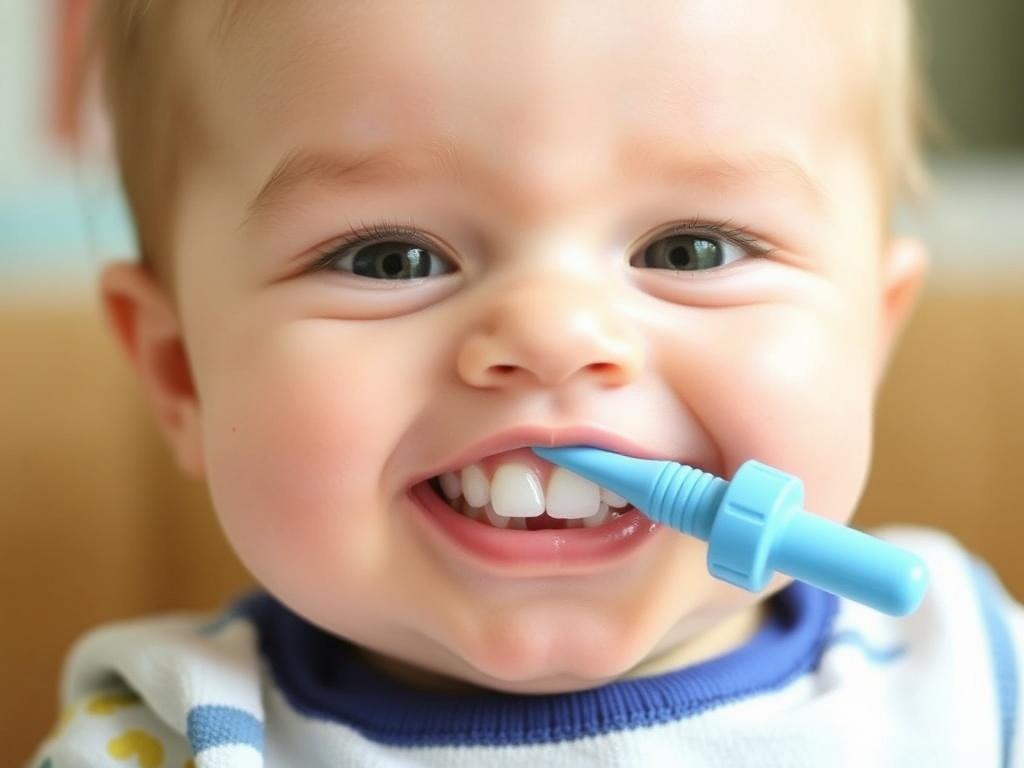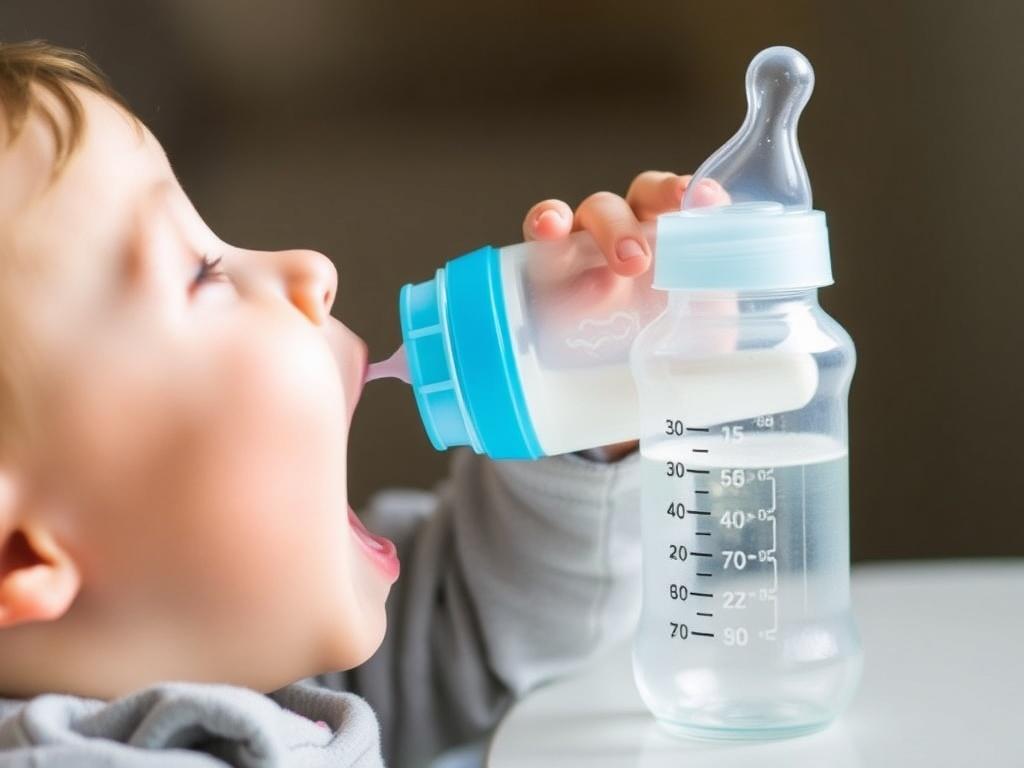Baby bottle tooth decay prevention is an essential topic for every parent and caregiver. As adorable as those tiny teeth may be, they are vulnerable to decay early on, especially when bottles filled with sugary liquids become bedtime companions. Understanding why baby bottle tooth decay occurs and how to prevent it can save your child from pain, discomfort, and future dental problems. In this article, we’ll dive deep into what causes baby bottle tooth decay, easy strategies to prevent it, and how to create healthy oral hygiene habits that last a lifetime.
Содержание
- 1 What is Baby Bottle Tooth Decay?
- 2 Why Do Babies Get Tooth Decay from Bottles?
- 3 When Do Baby Teeth Start to Appear?
- 4 How to Prevent Baby Bottle Tooth Decay: Practical Tips
- 5 The Role of Fluoride in Baby Bottle Tooth Decay Prevention
- 6 Common Misconceptions About Baby Bottle Tooth Decay Prevention
- 7 The Impact of Baby Bottle Tooth Decay on Your Child’s Health
- 8 Healthy Alternatives to Sugary Bottle Drinks
- 9 Establishing Lifelong Oral Hygiene Habits Early
- 10 When to Be Concerned About Baby Bottle Tooth Decay
What is Baby Bottle Tooth Decay?
Baby bottle tooth decay, sometimes called early childhood caries or nursing bottle syndrome, refers to rapid tooth decay in infants and toddlers. This condition happens mostly due to prolonged exposure to sugary liquids like milk, formula, or juice, particularly when a baby falls asleep with a bottle in their mouth. The sugars cling to the teeth and provide a feast for harmful bacteria, which produce acids that erode tooth enamel.
It usually affects the upper front teeth but can involve other teeth as well. If left untreated, it can cause pain and infection and may require dental treatments that young children can find stressful. More importantly, baby bottle tooth decay prevention is entirely possible with the right knowledge and habits.
Why Do Babies Get Tooth Decay from Bottles?
Babies are naturally attracted to sweet tastes because breast milk and formula contain natural sugars. When a child frequently sucks on bottles filled with sugary liquids like juice or milk, the teeth get coated in sugar residue. At night, saliva production drops, and the mouth’s natural cleaning process slows down, worsening the problem.
Here’s a quick list of common reasons baby bottle tooth decay happens:
- Prolonged bottle feeding, especially before bed or naps
- Frequent exposure to sugary drinks, including juice and sweetened formula
- Using bottles as comfort items throughout the day
- Lack of early oral hygiene habits
The damage may start with white spots on the teeth, which are signs of enamel demineralization. Without intervention, these spots turn into cavities, and eventually, the teeth may become painful or need extraction.
When Do Baby Teeth Start to Appear?
Understanding when baby teeth emerge helps parents start baby bottle tooth decay prevention early. Most babies start to get their first teeth around 6 months, though some arrive earlier or later. The front two bottom teeth usually appear first, followed by the upper front teeth, with the full set of 20 primary teeth typically appearing by age 3.
Here’s an approximate timeline for tooth eruption:
| Age | Teeth Appearance |
|---|---|
| 4-7 months | Lower central incisors (bottom front teeth) |
| 8-12 months | Upper central incisors (top front teeth) |
| 9-13 months | Upper lateral incisors (beside front teeth) |
| 10-16 months | Lower lateral incisors |
| 13-19 months | First molars (back teeth) |
| 16-23 months | Canines (beside lateral incisors) |
| 23-33 months | Second molars (back teeth) |
Before teeth emerge, it’s already helpful to start cleaning your baby’s gums with a soft cloth after feedings to reduce bacteria buildup.
How to Prevent Baby Bottle Tooth Decay: Practical Tips
Fortunately, baby bottle tooth decay prevention doesn’t require complicated steps or harsh routines. The key lies in establishing healthy feeding habits, oral hygiene, and regular dental checkups. Let’s review some straightforward but effective tips:
1. Limit Sugary Liquids in Bottles
Avoid putting your baby to bed with a bottle containing anything other than water. Never fill bottles with juice, soda, or sweetened drinks. Milk and formula have natural sugars, so even they can contribute to decay when a bottle is used during sleep consistently.
2. Don’t Let Bottles Become Comfort Objects
Bottles should not replace pacifiers or comfort blankets as soothing tools. Encourage your baby to develop other calming habits instead of prolonged sucking on bottles, especially outside mealtimes.
3. Wipe gums and Brush Early
Start cleaning your baby’s gums gently with a soft cloth or infant toothbrush even before teeth appear. Once teeth come in, brush them twice a day with a tiny smear of fluoride toothpaste (about the size of a grain of rice).
4. Introduce a Cup at the Right Time
Transition your child from bottles to cups by the age of 12 months. This reduces the risk of prolonged bottle use, which is a common cause of baby bottle tooth decay. Use sippy cups or open cups to encourage this change.
5. Schedule Early Dental Visits
The American Academy of Pediatric Dentistry recommends that babies see a dentist by age 1 or within six months of getting their first tooth. Early dental visits help catch problems early and provide personalized advice.
The Role of Fluoride in Baby Bottle Tooth Decay Prevention
Fluoride is a mineral known for strengthening tooth enamel and helping resist acid attacks from bacteria. As part of baby bottle tooth decay prevention, fluoride plays a significant role, but it must be used carefully in young children.
For infants, fluoride is best introduced through drinking water in areas where water is fluoridated, or via fluoride toothpaste applied in tiny amounts during brushing. Parents should consult their pediatrician or dentist about fluoride supplements if their water supply isn’t fluoridated.
Avoid fluoride rinses or gels unless prescribed, as swallowing excessive fluoride can lead to fluorosis, a condition causing white spots on teeth.
Common Misconceptions About Baby Bottle Tooth Decay Prevention
There’s a lot of misinformation around baby teeth and tooth decay. Here are some common myths debunked:
| Myth | Truth |
|---|---|
| Baby teeth don’t matter because they fall out | Baby teeth hold space for adult teeth and are crucial for chewing and speech development. Early decay can affect adult teeth alignment and health. |
| Only sugary drinks cause tooth decay | All fermentable carbohydrates, including natural sugars in milk, can contribute to decay if oral hygiene is inadequate. |
| It’s okay to let a baby sleep with a bottle of milk | Sleeping with a bottle of milk or sugary liquid causes prolonged exposure to sugars, increasing the likelihood of cavities. |
| Babies don’t need dental visits until they’re older | Early dental visits can prevent problems and educate parents on baby bottle tooth decay prevention. |
The Impact of Baby Bottle Tooth Decay on Your Child’s Health
Baby bottle tooth decay is more than just a cosmetic issue. It can profoundly affect your child’s overall health and wellbeing. Painful cavities can make eating difficult, causing poor nutrition and growth problems. Infected teeth may lead to abscesses requiring emergency dental care and antibiotics. Early loss of baby teeth might cause speech difficulties and misalignment of permanent teeth.
Beyond physical health, dental pain and frequent visits to the dentist can cause anxiety and fear in young children. That’s why prevention is not only about teeth but also about your child’s comfort and confidence.
Healthy Alternatives to Sugary Bottle Drinks
Keeping your baby hydrated without risking tooth decay means offering safe and healthy alternatives. Here are some ideas:
- Water: The best choice, especially after 6 months of age.
- Breast milk or formula during feeding times only: Avoid bottles outside mealtime.
- Diluted natural fruit juices (sparingly): Best given in a cup and only after 12 months.
- Flavor-infused water with fruits: Adds taste without sugar.
Avoid sticky or sugary snacks that can stick to emerging teeth and promote decay.
Establishing Lifelong Oral Hygiene Habits Early

Beyond bottle habits, setting a foundation for good oral hygiene is crucial. Babies and toddlers learn by example, so parents brushing their own teeth regularly helps.
Here are some tips to nurture healthy habits:
- Brush your child’s teeth gently twice a day with a soft-bristled brush.
- Teach your child to spit out toothpaste after brushing when they are old enough, but don’t rinse vigorously.
- Limit sugary snacks and sugary drinks throughout the day.
- Make toothbrushing fun by singing songs or using colorful brushes.
- Use positive reinforcement and celebrate milestones like the first dental visit.
As your child grows, encourage independence but supervise brushing to ensure effectiveness.
When to Be Concerned About Baby Bottle Tooth Decay
While prevention is key, early detection helps avoid serious damage. Watch for these warning signs:
- White or brown spots on the teeth
- Discoloration or pits in teeth enamel
- Complaints of tooth sensitivity or pain
- Difficulty eating or chewing
- Swelling or signs of infection around teeth
If you notice any of these signs, schedule a dental appointment promptly to evaluate and manage the situation before it worsens.
Conclusion
Preventing baby bottle tooth decay requires awareness, consistency, and love. It is a common problem that can be avoided by establishing healthy feeding and oral hygiene practices early on. By limiting sugary bottle contents, encouraging the use of cups, gently cleaning gums and teeth, and seeking professional guidance through early dental visits, parents can protect their children’s precious smiles. Remember, baby teeth are essential for your child’s development, and caring for them sets the stage for a lifetime of good health and happiness. With these simple strategies, baby bottle tooth decay prevention becomes achievable, giving you peace of mind and your little ones a healthy start to their oral health journey.


